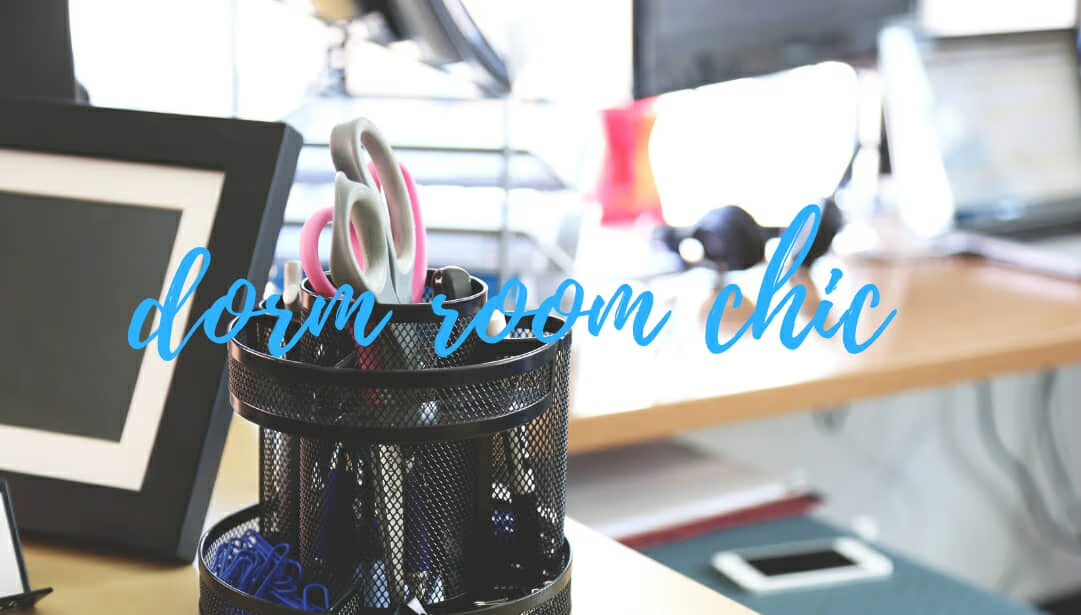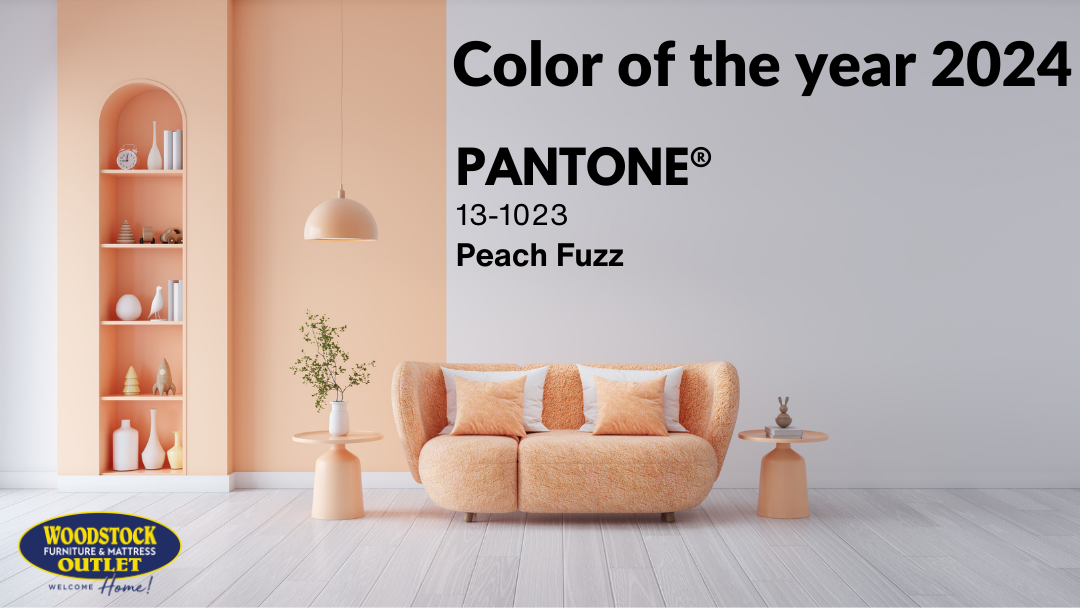When it comes to outdoor furniture, one of our industry’s most common customer concerns involves the growth of mold and mildew. Especially on upholstered outdoor pillows and seat cushions. Too often, shoppers buy a beautiful new outdoor sofa, loveseat, or other upholstered patio furniture and are absolutely mortified to see that mildew has made its home there just a few short months later. To complicate things further, many consumers don’t know that most manufacturer’s warranties and furniture protection plans do not cover mold or mildew problems.
Unfortunately, the reality is that even the best performance fabrics aren’t 100% water-proof, and therefore not completely resistant to mildew or other molds. Additionally, consider that the environmental conditions of every single customer’s patio, porch or deck are unique. Is your patio furniture under full shade, partial shade, or in full sunlight? Is it exposed to rain and other precipitation, under a partially covered porch, awning or canopy, or in a screened-in porch or sunroom? Do you live in the scorching, dry desert or the humid, coastal wetlands? For these reasons, there are just too many variables for most manufacturers to make solid guarantees.

This means that dealing with mildew on outdoor furniture is largely the responsibility of the buyer. While understandable, this can leave consumers feeling frustrated and hopeless when faced with creeping crud on their patio furniture. Here at Woodstock Furniture & Mattress Outlet, we want to spare you all that disappointment, desperation, and uncertainty!
The real key for shoppers and worried patio furniture owners alike is the prevention of these potential problems before they arise. That’s why today we’ll be reviewing 3 ways to stop mold and mildew growth on your outdoor upholstered furniture — before it starts! Let’s go!
Moisture Is the Enemy…And It Loves Your Outdoor Cushions, Pillows & Upholstery!

Before we get to the tips below, let’s start with a couple of foundational points:
First, the most important thing to remember is that moisture is the enemy. Without a damp, wet environment, mildew and other molds will fail to spread and thrive. Period.
Second, for this reason, the most vulnerable spots for mildew and other molds on your outdoor furniture are your seat cushions, pillows and other upholstery. This is because these are the places where moisture is most likely to accumulate. While mold and mildew can grow in other areas of your patio furniture, today we are focusing on these specific problem points.
1) Make An Informed Choice for Your Outdoor Furniture’s Fabric
The first and perhaps most overlooked thing you can do is to be choosy when shopping for outdoor furniture. If you buy super cheap to save money or try to use indoor furniture outside, you may have disastrous results. This is because typical fabrics like cotton, linen, polyester, etc. can retain moisture that will eventually breed all kinds of unsightly and foul-smelling mold, fungus, and bacteria.

Instead, what you specifically want to look for are pieces where the upholstered parts are made with primarily acrylic or olefin (aka polypropylene) fibers. That’s because both acrylic and olefin are indoor/outdoor performance fabrics with water-resistant and mildew-resistant properties.
Acrylics are slightly superior when it comes to water and mildew resistance, but olefin fabrics like those from Revolution Fabrics are a close second. Good examples of well-known acrylic upholstery fabrics would be Nuvella fabric from Ashley, Sunbrella, and CushionGuard. Please note however, that no fabric is perfect in this regard. Here at Woodstock Furniture & Mattress Outlet, the vast majority of outdoor upholstery we carry is made with these types of indoor/outdoor performance fabrics. However, that isn’t the case everywhere, so be selective!
2) Don’t Skip Regular Cleaning & Maintenance for Your Outdoor Upholstery
As we mentioned above, most makers of outdoor seating and dining furniture consider upholstery maintenance to be your responsibility. That means that periodic care and cleaning needs to be a thing. Plus, preventive cleaning and removing minor buildup of mildew is far easier than removing tons of gunk that’s been sitting all year.

Keep in mind that different kinds of fabric have different care instructions. There are plenty of easy DIY recipes involving common household ingredients like original blue Dawn dish soap, vinegar, borax, or baking soda. These types of recipes are generally safe for all fabrics, but always test in an inconspicuous area first. For solution-dyed performance fabrics like Nuvella, Sunbrella or Revolution, you can easily clean them with a mild bleach solution without risking any damage or discoloration. Regardless of your fabric or chosen cleaning solution, all you should need is a bristle brush or sponge and a little bit of elbow grease – provided you keep up with your fabric care routine.
Similarly, different fabric manufacturers have different recommendations for how often to clean your outdoor upholstery, but most suggest at least 2 to 4 times per year. At bare minimum, you should towel off, hang dry, or put cushions / pillows out in the sun to dry any time they get wet. Additionally, you should clean (or at least inspect) your outdoor cushions, pillows and fabric for stains, mold and mildew each and every time you put them up or get them out of storage.
3) Proper Storage of Your Upholstered Outdoor Furniture Is Critical
Speaking of storage, this step is possibly the most important of all. Properly storing your cushions, pillows, or other outdoor upholstery when not in use is about the only way to fully protect them from rain, sleet, snow or atmospheric moisture. Conversely, if you store these items improperly, it has the potential to amplify your mold and mildew problems exponentially – like damp clothes left the whole weekend in your washing machine. Yuck.

If there’s rain on the forecast, we recommend temporarily bringing your removable cushions and pillows inside to keep them dry. If your upholstered outdoor furniture is safe beneath a covered porch or canopy, this step may not be quite as important. However, it’s still a good habit to bring things inside when you know that bad weather is coming.
The same goes for entire seasons depending on where you live. Are your winter months typically full of ice, sleet and snow? Is it otherwise too cold for you to enjoy your outside patio space? We recommend bringing your outdoor upholstery inside until you’re ready to use it again. While a shed or garage would be ideal, you can definitely make do even with a covered outside space. Just make sure your fabric, cushions, and pillows are clean and 100% dry before you put them away.
What Action Steps Do You Need to Take to Protect Your Patio Furniture?
As we discussed above, it’s extremely hard to avoid all moisture in humid environments found in southern states like Georgia. However, that’s exactly what makes the right fabric choice, regular cleaning and maintenance, and proper storage critically important.
Now that you’re equipped with these tips, you can take steps to avoid mildew and mold problems. The good news is that with this knowledge alone, you’re already far more prepared than the average outdoor furniture shopper! However, are you taking all of the appropriate steps, or are there areas where you need to take action?
If you’re in North Georgia and shopping for patio furniture, we’d love for you to come see our selection of beautiful, mildew-resistant outdoor seating, dining sets and more! Have specific questions about how to prevent or remove mold and mildew from your outdoor furniture? Reach out to our own experts in our convenient, live webchat.
Have questions about different indoor/outdoor performance fabrics for your patio? Looking for fresh outdoor design ideas to transform your deck or patio into a truly usable extension of your home? If you found this article helpful and have more questions like these, be sure to check out our full collection of outdoor furniture and décor articles. Hope to see you there!
















